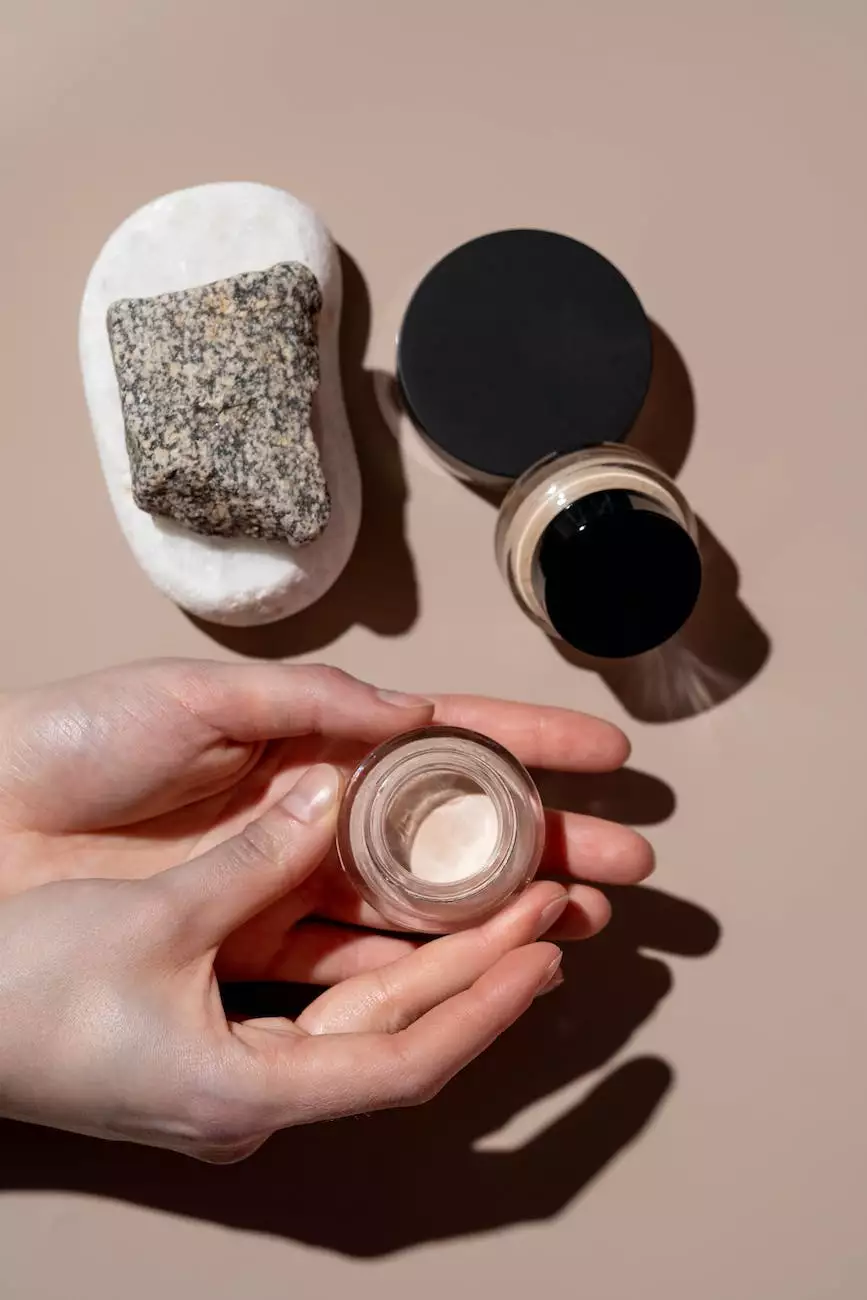RF Microneedling vs Laser Treatment
Skin Care
Introduction
In the realm of skin rejuvenation, RF Microneedling and Laser Treatment have become popular procedures. Both offer effective solutions to address various skin concerns. However, it's crucial to understand the differences between the two in order to make an informed decision that aligns with your aesthetic goals and skin condition.
What is RF Microneedling?
RF Microneedling is an innovative cosmetic procedure that combines the power of radiofrequency energy and microneedling. This treatment stimulates collagen production and promotes skin tightening. It involves the use of tiny needles that create controlled micro-injuries on the skin's surface while delivering RF energy to the underlying layers. The result is improved texture, reduced wrinkles, and minimized skin irregularities.
What is Laser Treatment?
Laser Treatment, on the other hand, utilizes advanced laser technology to target specific skin concerns. There are various types of lasers used, such as ablative and non-ablative lasers. Ablative lasers work by removing thin layers of skin, while non-ablative lasers penetrate the skin without damaging the surface. Laser Treatment can effectively address skin issues like sun damage, pigmentation, acne scars, and fine lines.
Key Differences
1. Treatment Process
RF Microneedling involves the use of tiny needles that create controlled punctures, stimulating collagen production. Meanwhile, Laser Treatment utilizes laser beams to target specific areas of concern. Both procedures are minimally invasive, but the techniques used differ.
2. Targeted Concerns
RF Microneedling is particularly effective for improving skin texture, reducing wrinkles, minimizing pore size, and addressing mild to moderate skin sagging. Laser Treatment is often preferred for reducing pigmentation irregularities, sun damage, acne scars, and enhancing overall skin tone.
3. Downtime and Recovery
RF Microneedling generally requires less downtime compared to certain Laser Treatments, depending on the intensity. Both may result in slight redness, swelling, or minor discomfort immediately following the procedure, but these side effects subside quickly, typically within a few days.
4. Number of Sessions
The number of sessions required for each treatment varies depending on the individual's skin condition and desired results. RF Microneedling often requires a series of sessions, usually spaced a few weeks apart, to achieve optimal outcomes. Laser Treatment may also require multiple sessions, with intervals determined by the type of laser used and the targeted concern.
Choosing the Right Treatment
The choice between RF Microneedling and Laser Treatment ultimately depends on your specific skin concerns, desired outcomes, and consultation with a qualified dermatologist or aesthetic practitioner. They will assess your skin condition, discuss your goals, and recommend the most suitable option customized to your needs.
Conclusion
Both RF Microneedling and Laser Treatment offer effective solutions for skin rejuvenation. Whether you choose RF Microneedling for its collagen-stimulating properties or Laser Treatment for its targeted approach, consulting with a trusted professional is essential. At Smith, Arthur F, MD, we pride ourselves on providing personalized treatment plans to help you achieve optimal results. Contact us today to schedule a consultation and embark on your journey to healthier, more vibrant skin.










